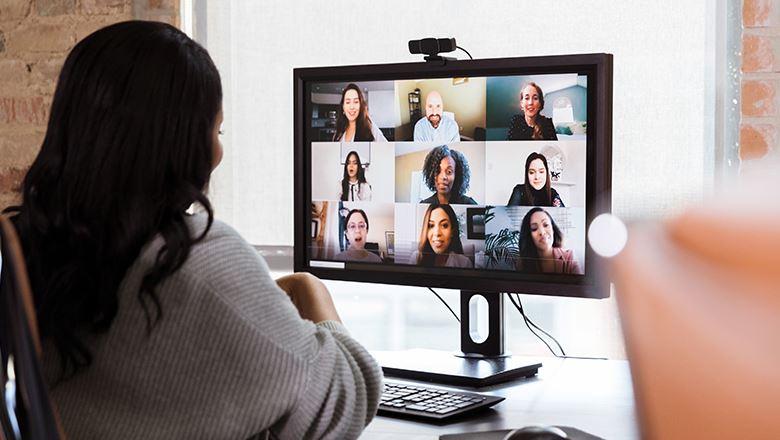Six Phases of Virtual Event Creation: Lessons Learned From Rapid Prototyping

Producing a virtual event can be difficult, particularly for groups forced to convert an education portfolio heavy on in-person events to digital formats for the first time. Moving forward, associations need to offer high-quality virtual and hybrid meetings that serve changing member needs and preferences.
Professional development remains a mission-critical offering for most associations, often delivered through in-person meetings. But, due to the pandemic, something significantly changed this year: Annual conferences could no longer operate on autopilot.
Up to the challenge, associations turned on a dime to offer learning and networking programs that met or exceeded the relatively low expectations of members. With limited experience, technology gaps, strained budgets, incomplete checklists, and reduced timelines, associations were building the bridge as they walked across it.
As we look ahead and more proactively prepare for the future, associations are now faced with a number of realizations:
- A comprehensive virtual event strategy must be developed and adopted.
- Future virtual events will need to be more sophisticated to meet changing member needs.
- Learners are becoming more protective of their time and less forgiving of events flipped last minute from in-person to virtual.
- Planners are identifying their own professional development needs relative to virtual events and technology platforms.
- The future of hybrid events means that the skills necessary to create virtual events will be relevant for a long time to come.
Because virtual events can vary widely—from a few attendees to a few thousand and from one session to weeks of activities—there is no one-size-fits-all approach to conducting them. However, based upon the rapid prototyping of hundreds of association meetings, we’ve found the following six phases of activities are common across all virtual programming.
1. Planning. Careful and complete planning is the key to a successful virtual event. There will always be time constraints, but the planning phase needs to be methodical and thoughtful. Time spent in planning is saved later in the process. In this initial phase, establish the team responsible for the virtual event success; select the event dates and times; define attendance, project expenses, and revenue goals; solicit exhibitors and sponsors; and create a detailed plan for the remainder of event-related tasks.
2. Platform. Selecting a technology platform that meets your needs and helps fulfill your vision is a crucial decision. Most platforms offer limited custom feature capabilities, so it’s important to prioritize the features that are most important and seek out platforms that offer the best functionality within your budget constraints. Platform research is never done, as the landscape of providers is always changing and the expectations of attendees are always evolving.
3. Promotion. Converting an in-person program to a virtual event creates opportunities to reach incremental audiences that were geographically distant or otherwise unlikely to attend when physical attendance was required. But registering those new audiences will require new marketing approaches. In the promotion phase, segment your audiences, establish messaging, place media, engage the press, mobilize your communities, and plan your in-event coverage.
4. Production. Partnering with the talent, gathering the content, and producing the virtual event can be the most challenging—and rewarding—phase of the work plan. You will need to support your speakers, ensuring they prepare content and focus messages in alignment with your learning objectives. In the production phase, you also develop content guidelines, finish the full schedule of activities, prepare your technical platform, establish customer service, and conduct the actual virtual event.
5. Packaging. The work isn’t over after the virtual event ends. Its content is a valuable asset for your organization that needs attention, along with completing contractual requirements for your vendors. In the packaging phase, complete an analysis of the event performance, archive content, follow through on credential requirements for continuing education, fulfill financial obligations, and communicate with the event registrants and other key stakeholders.
6. Playbook. With all primary virtual event tasks complete, the playbook phase creates time and space to review successes and learnings. Take the opportunity to organize materials and lessons learned into best practices that will be helpful for future virtual events or replication by regional or state components. This phase also completes the full financial analysis of the event, ending the entire project.

